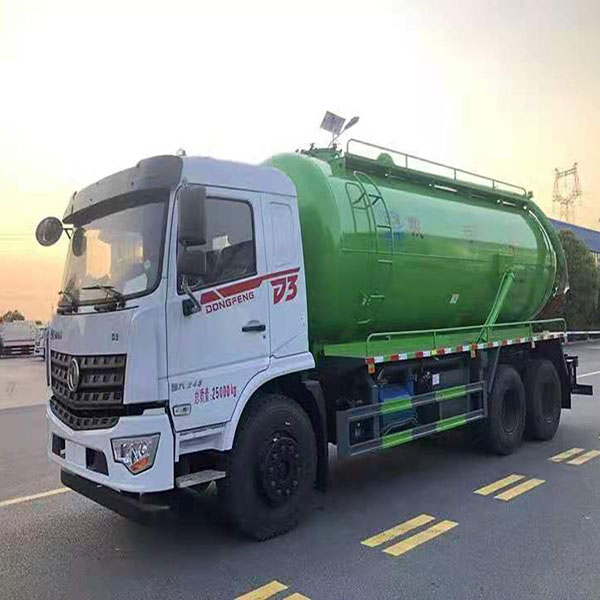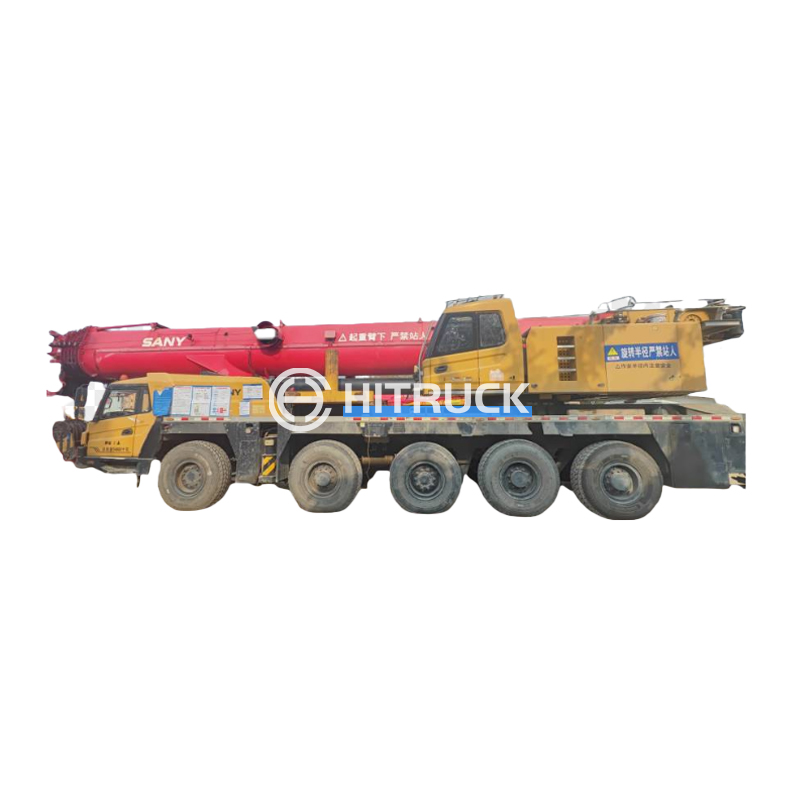This guide explores the emerging world of all-electric fire trucks, examining their advantages, challenges, and the future of firefighting technology. We'll delve into the key features, environmental impact, and operational considerations of this innovative vehicle type, providing a comprehensive overview for those seeking to understand this transformative technology.
One of the most significant benefits of all-electric fire trucks is their drastically reduced carbon footprint. Unlike their diesel-powered counterparts, these vehicles produce zero tailpipe emissions, contributing to cleaner air and a healthier environment. This is particularly important in urban areas where air quality is often a concern. This aligns with global efforts to reduce greenhouse gas emissions and promote sustainable transportation. You can learn more about environmentally friendly vehicles at leading suppliers like [Suizhou Haicang Automobile sales Co., LTD].
The quiet operation of all-electric fire trucks is another key advantage. The absence of a loud, rumbling diesel engine significantly reduces noise pollution, benefiting both firefighters and the communities they serve. This quieter operation can also improve communication during emergencies.
Electric motors offer instant torque, leading to quicker acceleration and improved maneuverability compared to traditional fire trucks. This enhanced performance can be crucial in emergency situations where rapid response is critical. While initial investment might be higher, long-term operational cost savings due to reduced fuel and maintenance expenses should be considered.
A major hurdle for widespread adoption is the limited range of current all-electric fire trucks and the need for robust charging infrastructure. The development of high-capacity batteries and a wider network of fast-charging stations is essential for overcoming this limitation. The range anxiety associated with electric vehicles is a key factor to address for emergency services.
The lifespan of batteries in all-electric fire trucks and the cost of replacement are significant concerns. Manufacturers are continually improving battery technology, but this remains an area requiring further development to ensure both long-term reliability and cost-effectiveness.
Ensuring sufficient power output for demanding firefighting operations is paramount. While technology is rapidly advancing, matching the power and operational capabilities of traditional diesel trucks remains a challenge. This requires careful consideration of power requirements for various firefighting equipment.
Despite the challenges, the future of all-electric fire trucks looks promising. Ongoing advancements in battery technology, charging infrastructure, and electric motor performance are paving the way for wider adoption. We can expect to see increased range, improved power output, and reduced costs in the coming years. The environmental benefits and enhanced performance make this a compelling area of development for the firefighting industry.
| Feature | All-Electric | Diesel |
|---|---|---|
| Emissions | Zero tailpipe emissions | Significant greenhouse gas emissions |
| Noise | Quiet operation | Loud engine noise |
| Acceleration | Instant torque, quicker acceleration | Slower acceleration |
| Range | Currently limited | Generally higher |
1 Data compiled from various industry reports and manufacturer specifications. Specific data varies based on model and manufacturer.












